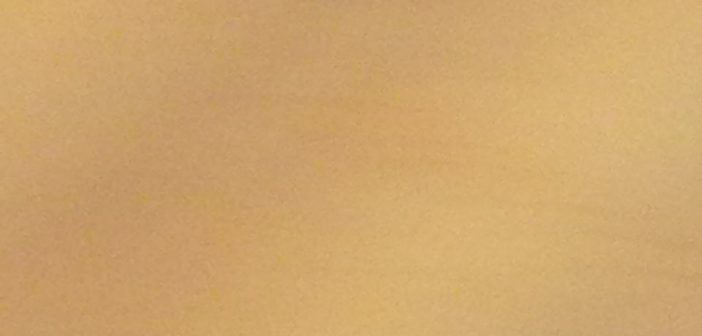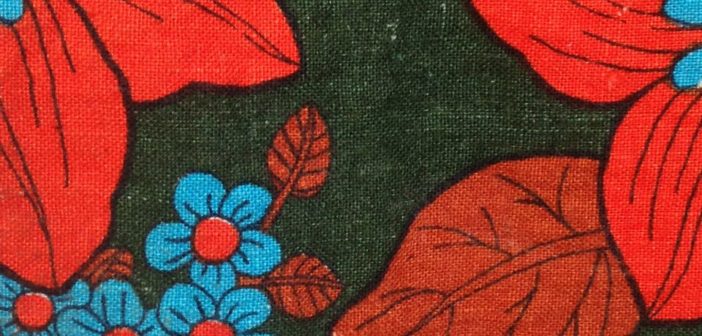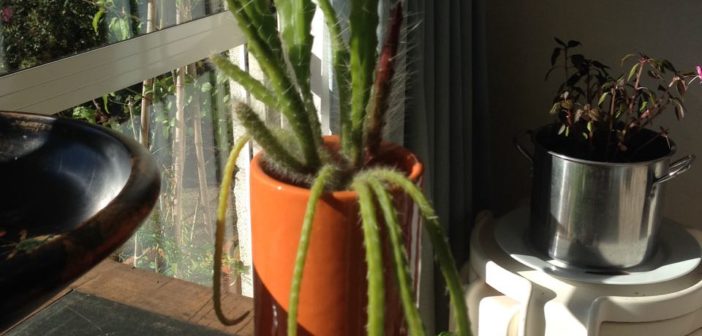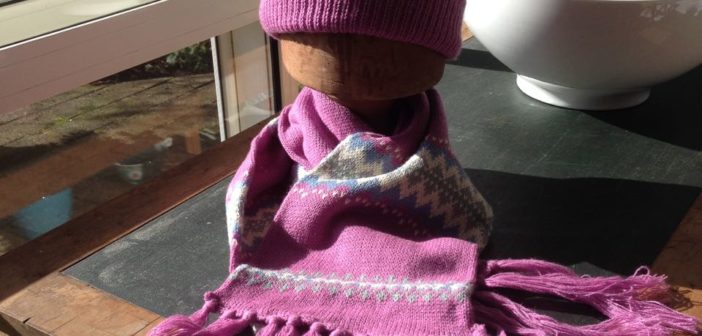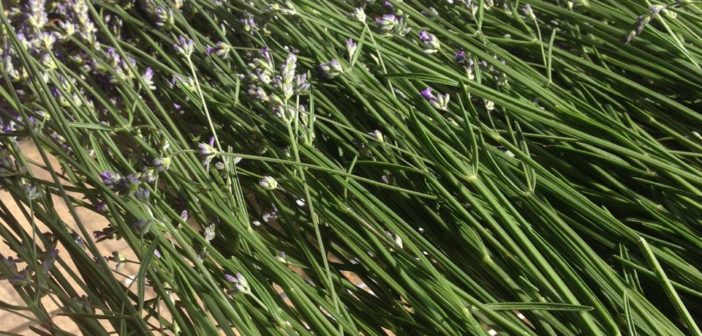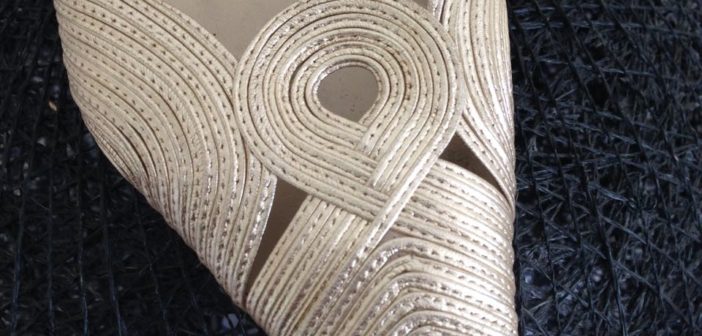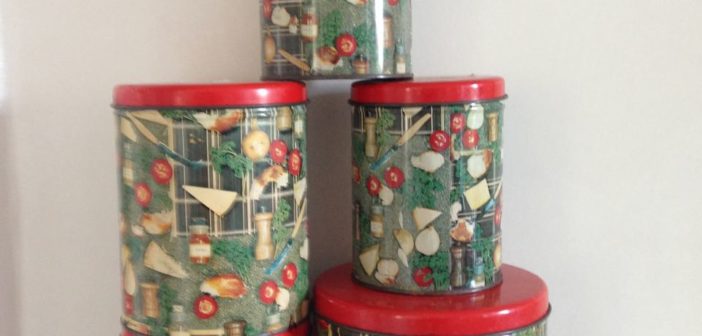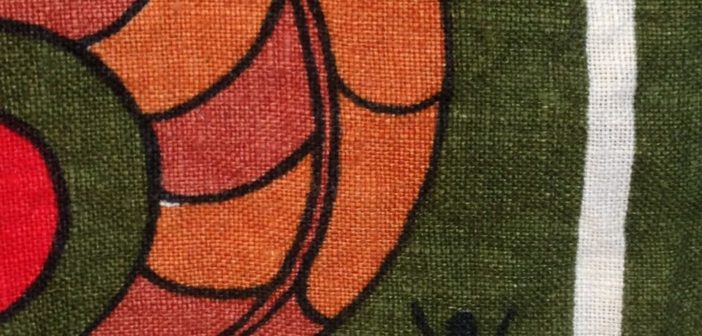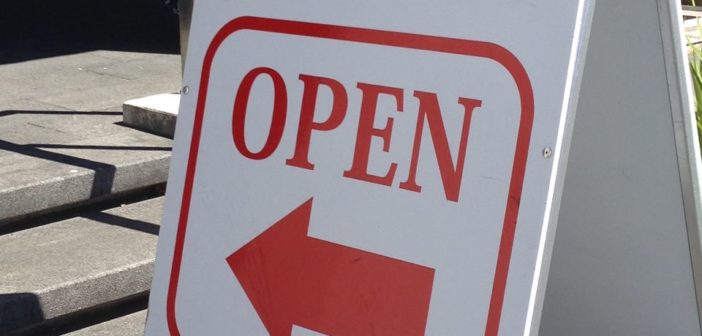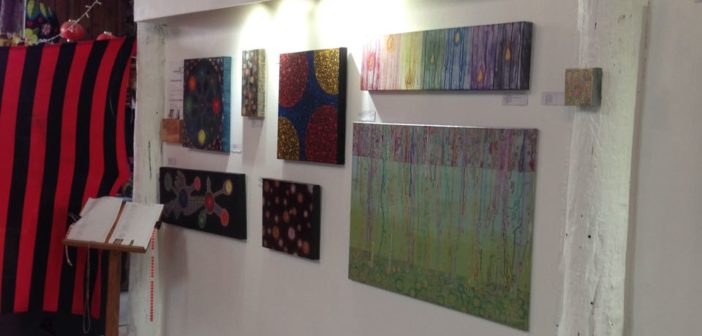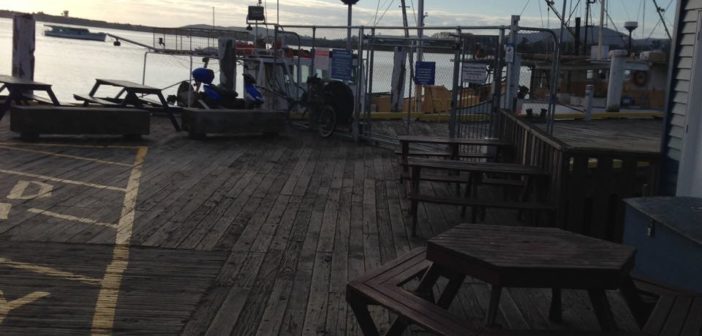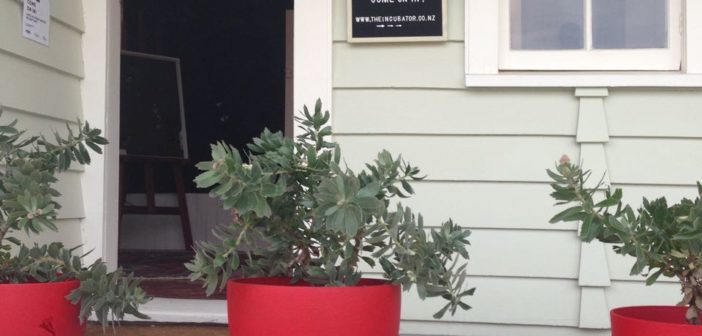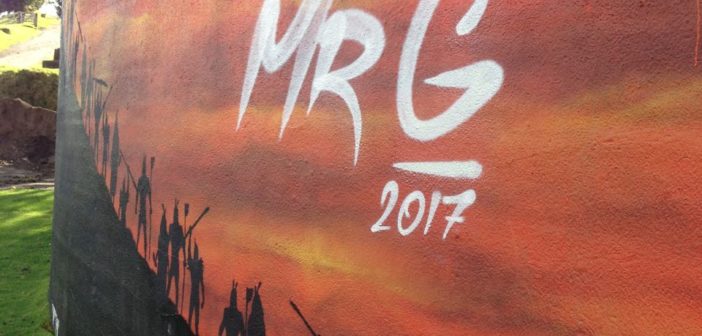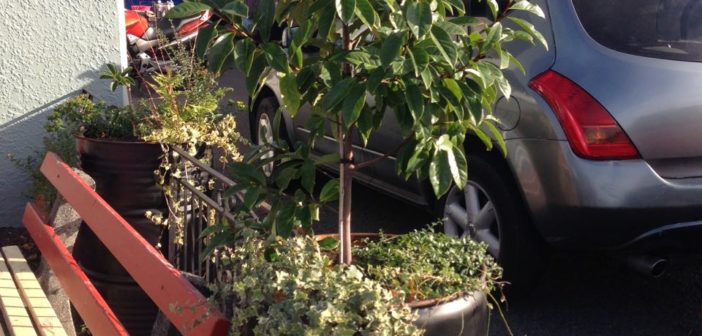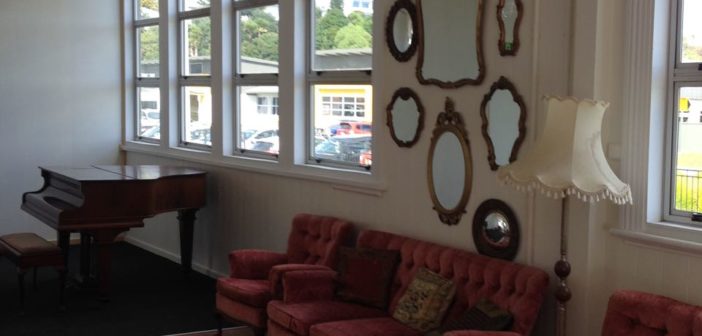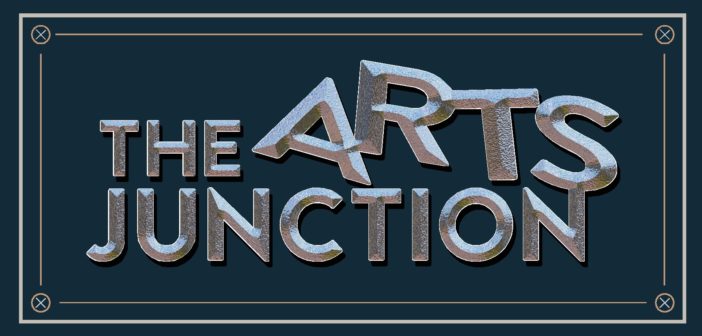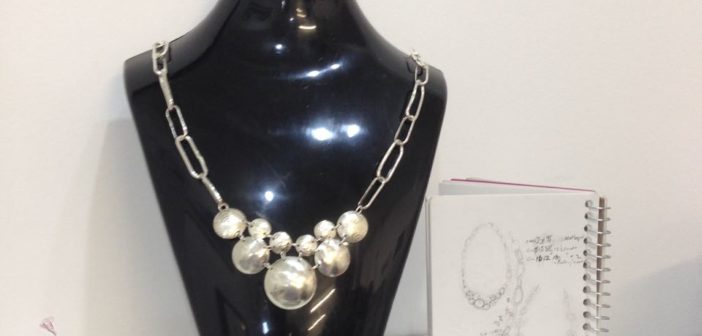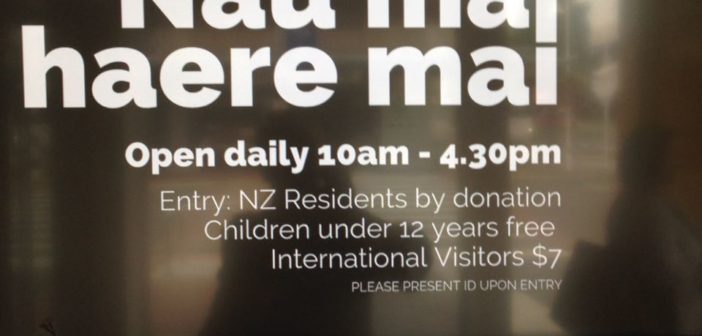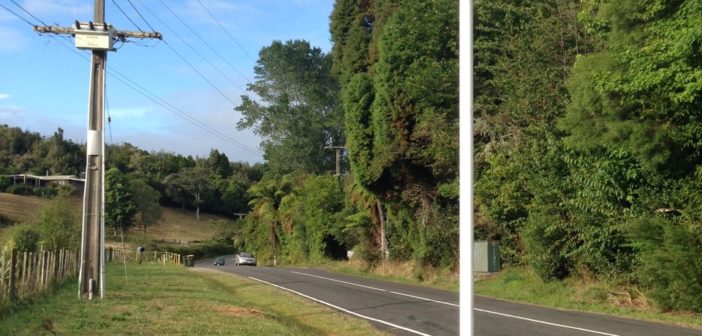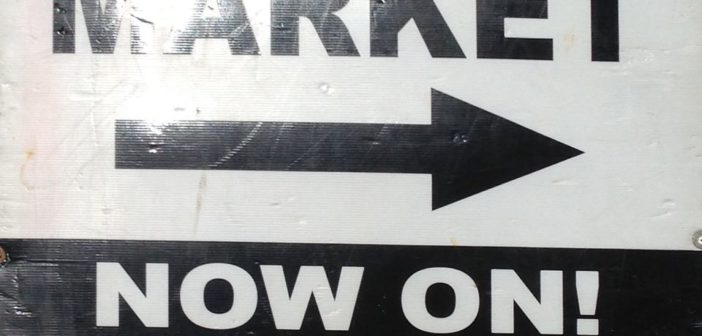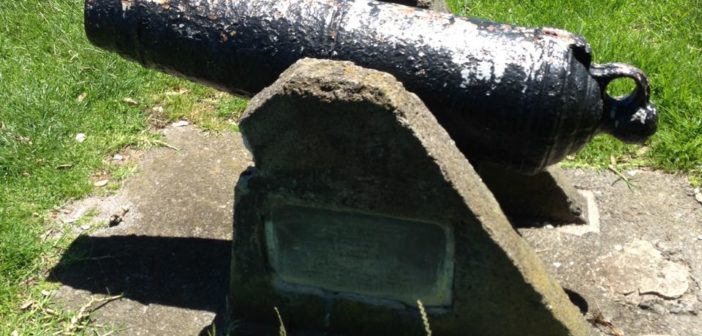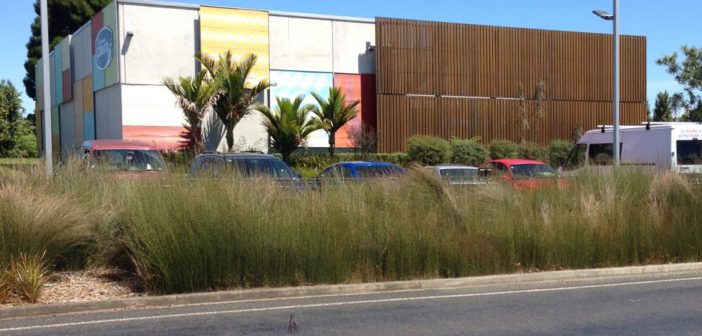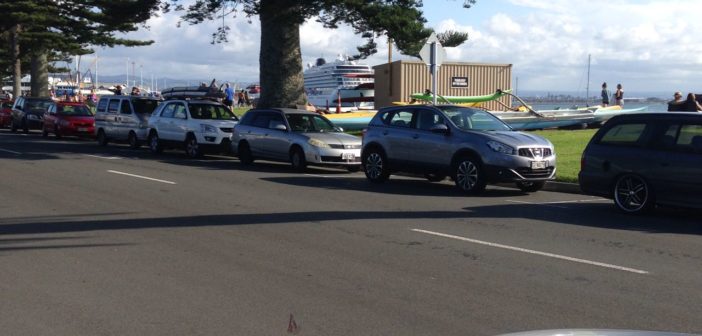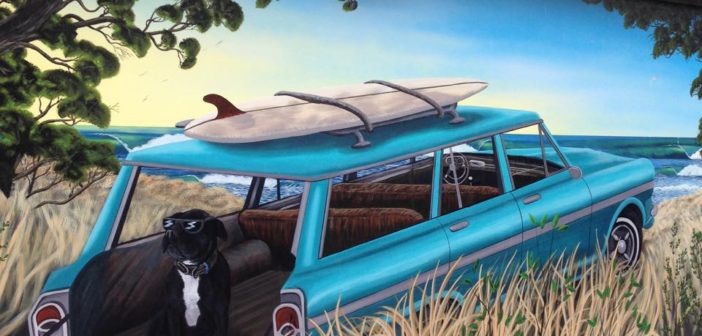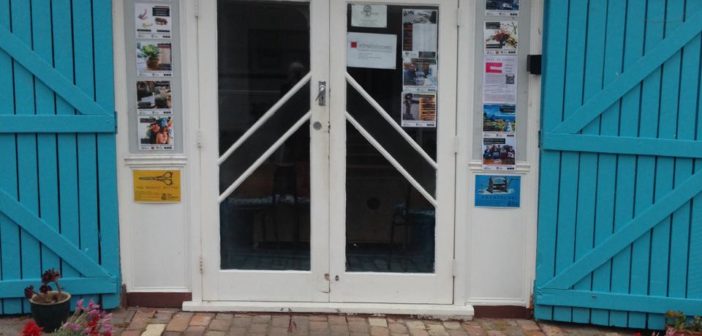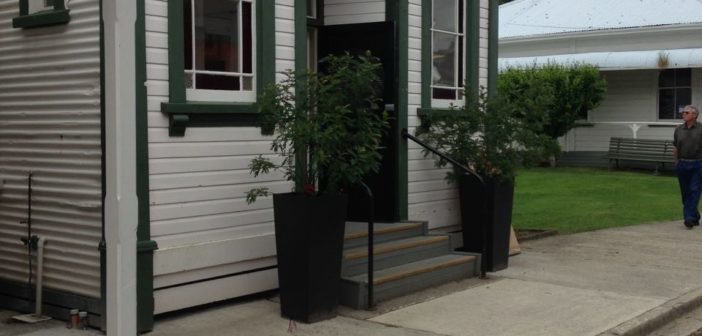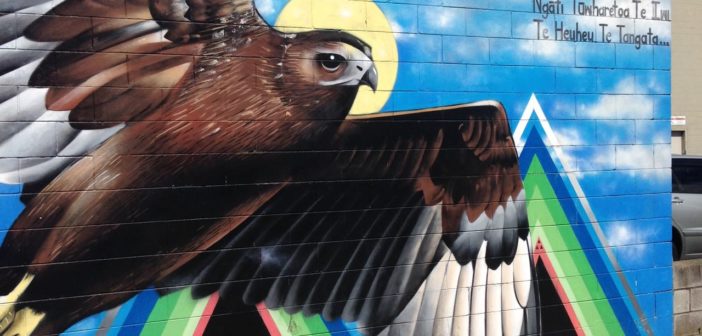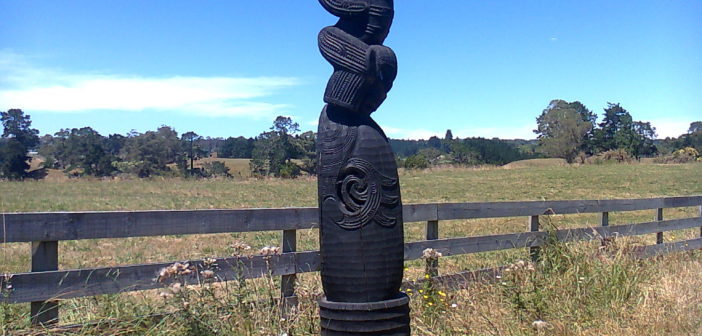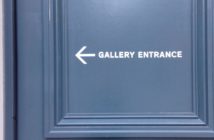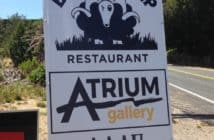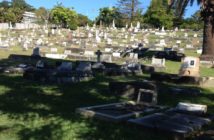“Friedrich Stowasser (December 15, 1928 – February 19, 2000), better known by his pseudonym Friedensreich Regentag Dunkelbunt Hundertwasser, was an Austrian-born New Zealand visual artist[1] and architect who also worked in the field of environmental protection. Hundertwasser stood out as an opponent of “a straight line” and any standardization, expressing this concept in the field of building design”….1
The Second World War was a very difficult time for Hundertwasser and his mother Elsa, who were Jewish. They avoided persecution by posing as Christians, a credible ruse as Hundertwasser’s father had been a Catholic. Hundertwasser was baptized as a Catholic in 1935. To remain inconspicuous, Hundertwasser also joined the Hitler Youth.[2]
Hundertwasser developed artistic skills early on. After the war, he spent three months at the Academy of Fine Arts in Vienna. At this time, he began to sign his art as Hundertwasser instead of Stowasser. He left to travel using a small set of paints he carried at all times to sketch anything that caught his eye. In Florence, he met the young French painter René Brô for the first time and they became lifelong friends. Hundertwasser’s first commercial painting success was in 1952–53 with an exhibition in Vienna.
His adopted surname is based on the translation of “sto” (the Slavic word for “(one) hundred”) into German. The name Friedensreich has a double meaning as “Peace-realm” or “Peace-rich” (in the sense of “peaceful”). Therefore, his name Friedensreich Hundertwasser translates directly into English as “Peace-Realm Hundred-Water”. The other names he chose for himself, Regentag and Dunkelbunt, translate to “Rainy day” and “Darkly multi-coloured”.
In the early 1950s, he entered the field of architecture. Hundertwasser also worked in the field of applied art, creating flags, stamps, coins, and posters. His most famous flag is his koru flag (designed in 1983), as well as several postage stamps for the Austrian Post Office. He also designed stamps for Cape Verde and for the United Nations postal administration in Geneva on the occasion of the 35th anniversary of the Universal Declaration of Human Rights….
In the 1970s, Hundertwasser acquired several properties in the Bay of Islands in New Zealand, which include a total area of approximately 372 ha of the entire “Kaurinui” valley. There he realized his dream of living and working closely connected to nature. Beside other projects he designed the “Bottle House” there. He could live largely self-sufficient using solar panels, a water wheel and a biological water purification plant. His first grass roof experiments took place there….
He was fascinated by spirals, and called straight lines “godless and immoral” and “something cowardly drawn with a rule, without thought or feeling”[14] He called his theory of art “transautomatism“, focusing on the experience of the viewer rather than the artist.[15] This was encapsulated by his design of a new flag for New Zealand, which incorporated the image of the Koru a spiral shape based on the image of a new unfurling silver fern frond and symbolizing new life, growth, strength and peace according to the Maori….
Even though Hundertwasser first achieved notoriety for his boldly-coloured paintings, he is more widely known for his individual architectural designs. These designs use irregular forms, and incorporate natural features of the landscape. The Hundertwasserhaus apartment block in Vienna has undulating floors (“an uneven floor is a melody to the feet”), a roof covered with earth and grass, and large trees growing from inside the rooms, with limbs extending from windows. He took no payment for the design of Hundertwasserhaus, declaring that it was worth the investment to “prevent something ugly from going up in its place”…….”1
In New Zealand Hundertwasser is forever associated with Kawakawa in Northland and the unique Hundertwasser-style toilet building. (Hundertwasser did being another project but it was not completed before his death).
And look at this, Kawakawa extends the Hundertwasser style…
After ongoing controversy Whangarei has finally committed to an art centre acknowledging both Hundertwasser and contemporary Maori art.
Check out Be Part of the Art….the final stages of this project https://bepartoftheart.co.nz/
For me Hundertwasser his vision and art epitomise the way art can transform a community. There are other provincial towns in Aotearoa New Zealand where art, creativity and style could be the catalyst for regeneration. Hundertwasser also confirms that art is an economic activity.
Notes:
1. Wikipedia Friedensreich Hundertwasser
This article has been complied from videos, information and articles available online.
Rosemary Balu. Rosemary Balu is the founding and current Managing Editor of ARTbop. Rosemary has arts and law degrees from the University of Auckland. She has been a working lawyer and has participated in a wide variety of community activities where information gathering, submission writing, community advocacy and education have been involved. Interested in all forms of the arts since childhood Rosemary is focused on further developing and expanding multi-media ARTbop as the magazine for all the creative arts in the Bay of Plenty, New Zealand


